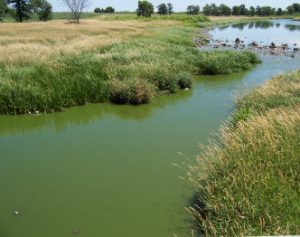I recently joined a terrific organization, Clean Water Action Council (CWAC) of Northeast WI, which provides superb content for anyone interested in clean water in Wisconsin – in all its forms. Ground, surface, non-point (runoff from communities and agriculture, etc.), and more. For 31 years, CWAC has been working to support legislature, and calling attention to issues that have an impact on clean water in and around Green Bay, WI, including the Fox River Valley, Kewaunee County, and Door County.

Since this area of the Midwest is one that is deeply – and seemingly negatively – impacted by a wild increase in Concentrated Animal Feeding Operations (CAFOs), CWAC is a great example of a local group making a difference, and they are not alone.
Indeed, on its site CWAC offers information links and tools that can even extend beyond its target area. An example:
Who are your local water polluters?
Two national websites provide detailed data about pollution sources in local communities. Just type in your zip code and you may find more than you really wanted to know!
The Scorecard, by Environmental Defense http://www.scorecard.org/
The U.S. Environmental Protection Agency http://iaspub.epa.gov/triexplorer/tri_release.chemical
For more information: http://dnr.wi.gov/wnrmag/html/stories/2003/feb03/pbde.htm
On a national level, Clean Water Action (CWA) works to promote clean water and a healthy environment, via its network of state organizations.
What does it all mean? Good news — and terrific resources — for any interested in becoming involved with, or educated about, clean water initiatives.



